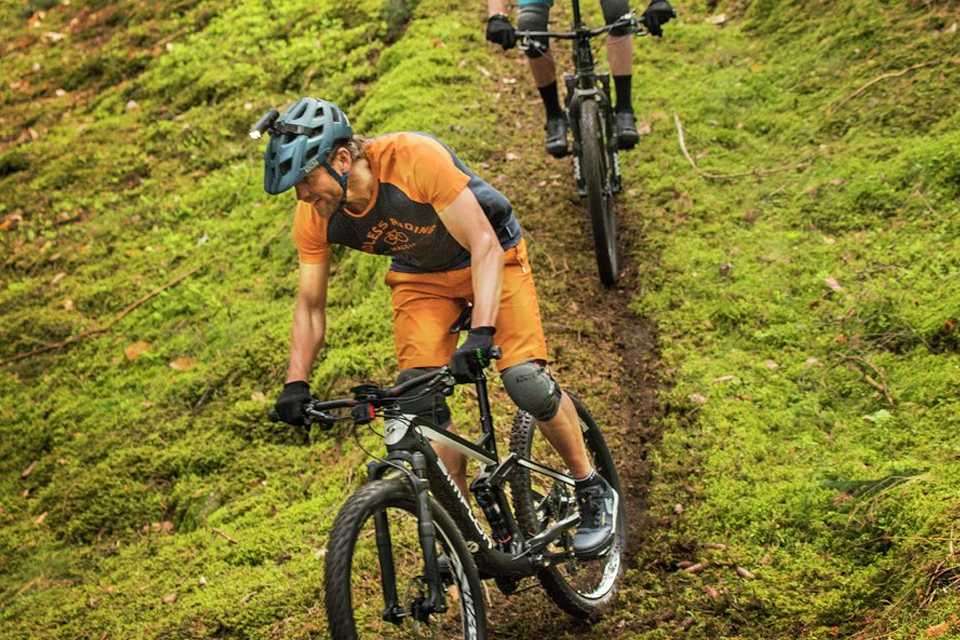Guide to buying a new bike
Find the best bike for you and your lifestyle.
Shop adult bikes at ArgosFind the best bike for you and your lifestyle.
Shop adult bikes at Argos&poi={$this.metadata.pointOfInterest.x},{$this.metadata.pointOfInterest.y},{$this.metadata.pointOfInterest.w},{$this.metadata.pointOfInterest.h}&scaleFit={($this.metadata.pointOfInterest.x>0)?$sfpoi:$sfcenter}&sm=aspect&aspect=3:2&sfcenter=center&sfpoi=poi&qlt=50&fmt=auto&noiser=0&fmt.jpeg.interlaced=true&fmt.jp2.qlt=40&)

Folding bikes can be folded down to the size of a small suitcase making them great for travelling with, and easy to carry and store.

A fusion of both a mountain and a road bike, hybrid bikes are ideal for leisure rides on a range of surfaces with a comfortable riding position.

Designed for flat surfaced roads, road bikes allow a smooth, aerodynamic ride making them both light and fast.

Mountain bikes are best for off-roading. They’re made to be ridden on the trickiest of terrains, from dirt trails to rocky and gravel paths.

Electric bikes or E-bikes have a motor that makes peddling easier and the ride faster. Think longer rides minus the fatigue.

With a front basket for storage and a rear carrier to secure a pannier or trunk bag, a bike with a basket is ideal for running errands.

Generally, there isn't much variation between the two types. The frame of the bike is the biggest defining factor - women's bikes have more of a slanted frame to suit a 'shorter torso, longer legs' female body shape.
The size of an adult bike is determined by the length of its frame. To get the right size model for you, check your inside leg length (the distance from your crotch to the floor) against the measurement listed on the bike's description.
The majority of bikes need a little assembly. You will usually need to attach the front wheel, pedals, seat and handlebars, but it depends on which bike you choose.
Make sure that the pedals match with the correct sides of the bike. Using your hands, tighten the pedals to the cranks by turning the right pedal clockwise and the left pedal anti-clockwise.
Instructions will be included with your bike, but if you need more help, visit our bike support page.
Whether you're using a bike for fun, fitness or a daily commute, a helmet and set of lights are essential.
Bike lights allow you to see and be seen, and are a must for rides after dark. If you’ll be mostly riding in well-lit urban areas, look for lights that will make you visible to others. For unlit paths and rural roads, you’ll need something brighter with a wider beam.
There are three main types of bike locks - cable lock, chain lock and D-lock. Light and easy to carry, cable locks are best used with another lock as extra security for the front wheel or saddle. Chain locks work the same way but are made up of chain links instead of a cable. More secure, D-locks do not have any moving parts and are difficult to break. Understand how secure your bike lock is by checking it’s Sold Secure rating.
Child bike seats mainly come in two options - the more traditional rear seats allow you to strap your child behind you. These are best for children aged nine months to six years. Designed for smaller children, the front-facing seats are mounted below the handlebars, so you can keep an eye on the road and your child at the same time. Child bike seats fit best on medium or larger sized bikes.